During the long days of the lock-down many of us, both in towns and in the countryside, have discovered a new consciousness of the wildlife around us. And for a long time, there has been a growing acceptance of the value of giving nature a better chance to sustain itself, by allowing some areas of our gardens and surroundings to become a little more wild. We know that leaving a woodpile to rot in a corner can provide habitat for a host of wild species. People have begun to create unkempt corners in their gardens, allowing nature to flourish. One reader discovered that a large area of nettles, that had been left to grow, became home to dozens of Peacock Butterfly caterpillars.
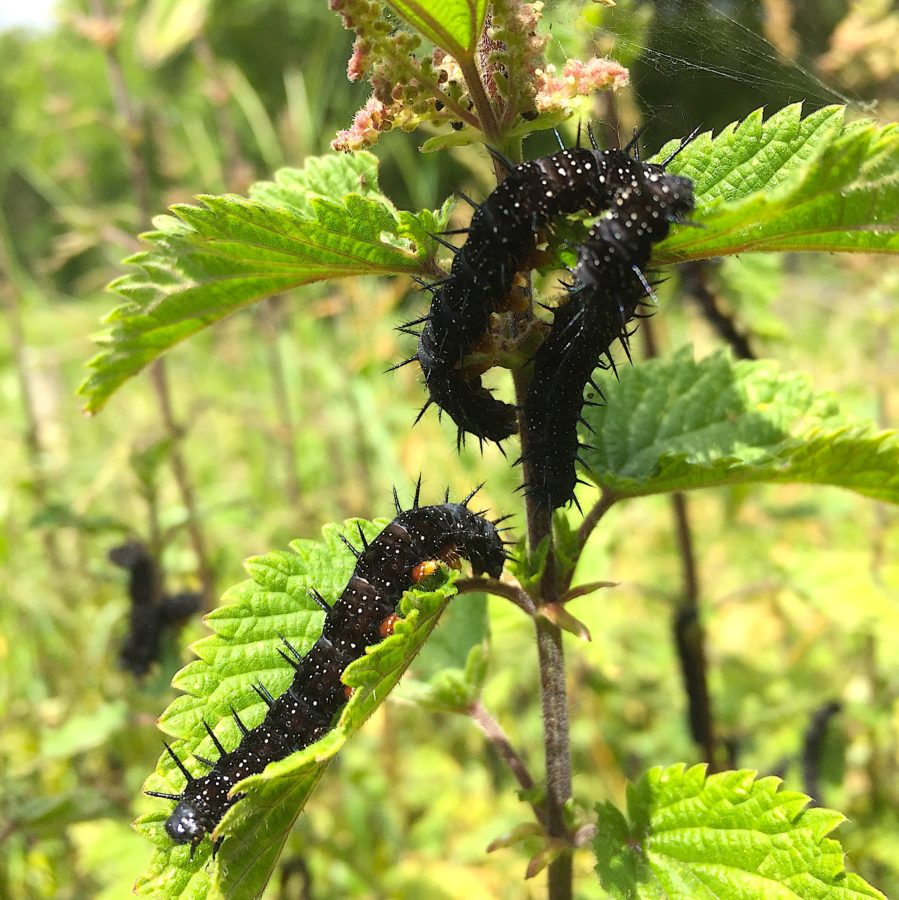
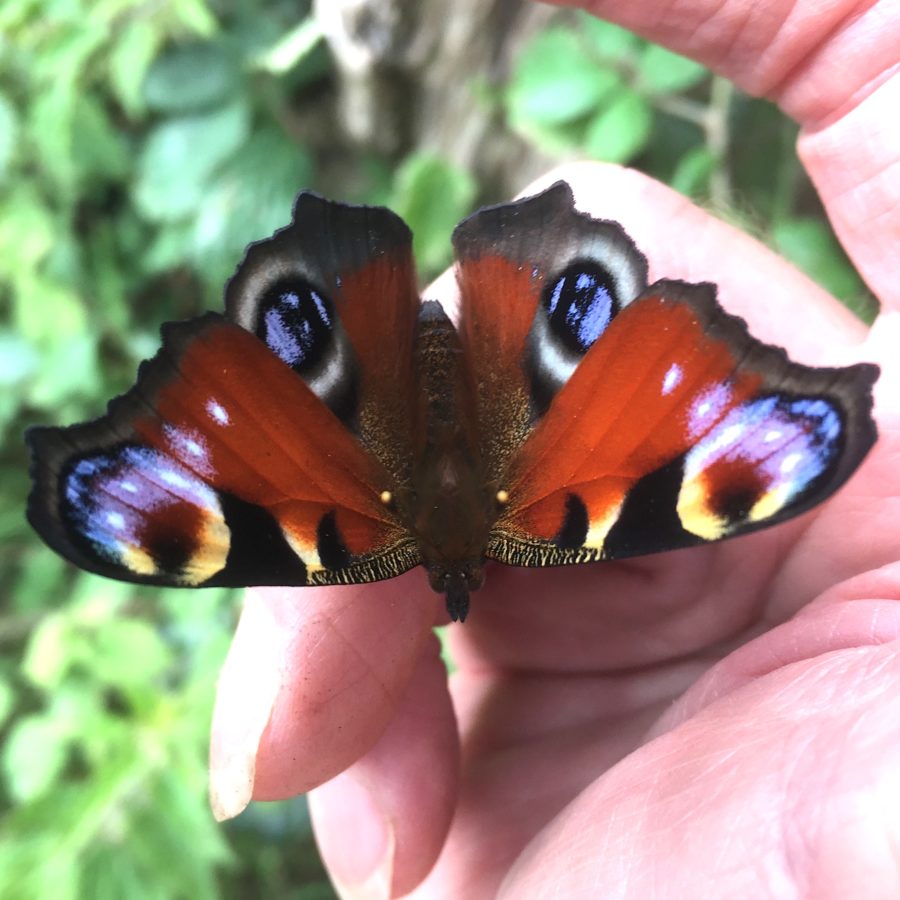
Another local resident is collecting self-planted tree saplings in an area that would normally have been mown, to be re-planted a place where they can flourish.
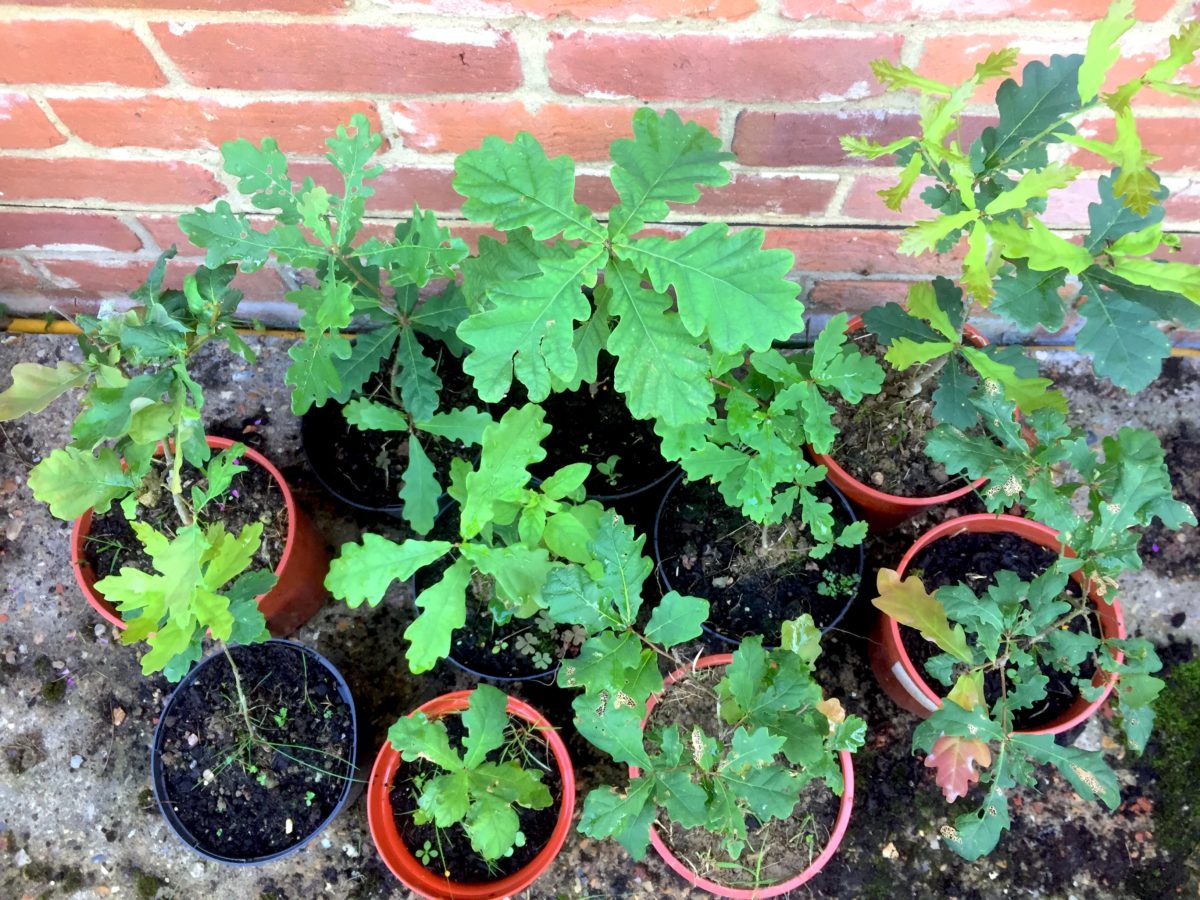
And many people locally are already creating new woodland, re-wilding areas of land and establishing wildflower meadows.
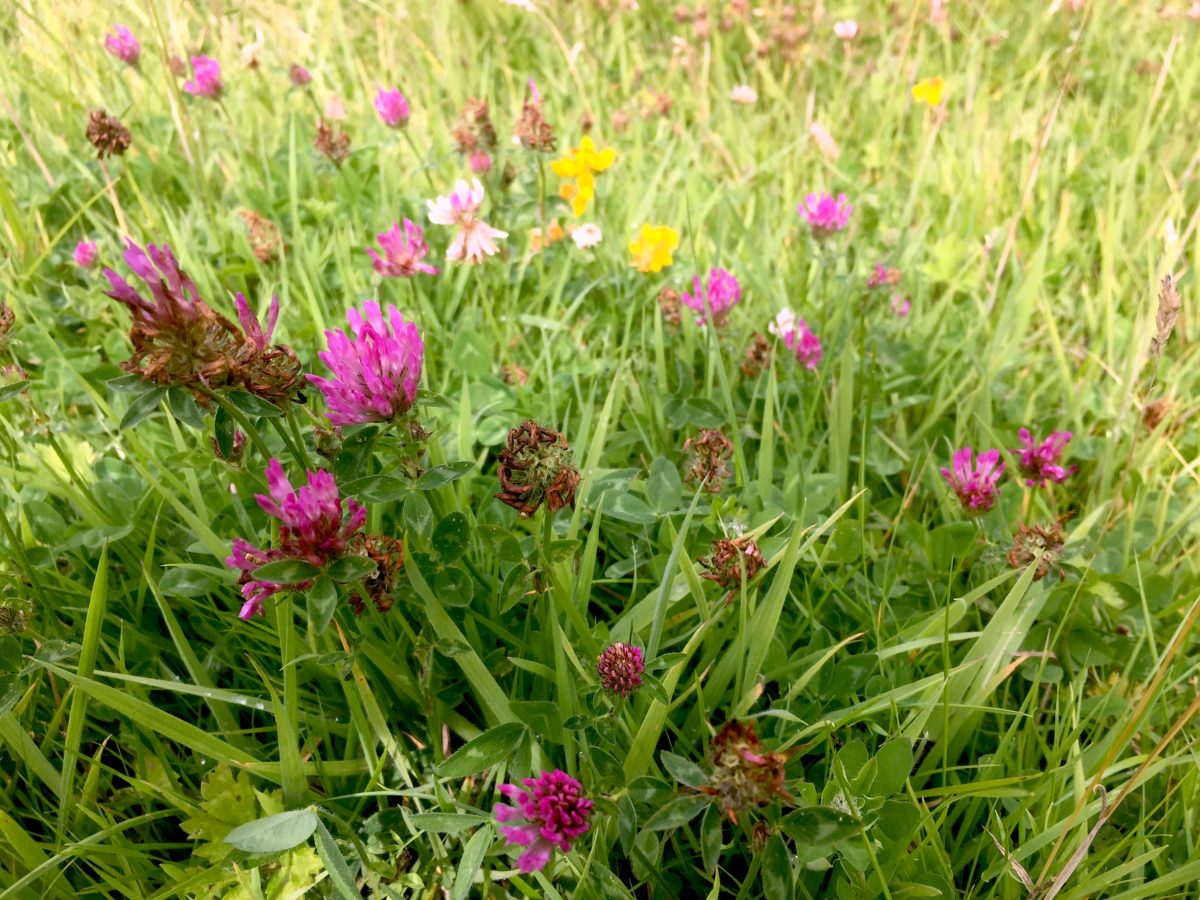
One place where there is scope for a massive resurrection of wildlife is on the verges along our local roads. Some 700 species of wildflowers grow in verges across the UK. That’s nearly 45% of our total flora. But around 87 are threatened with extinction or heading that way.
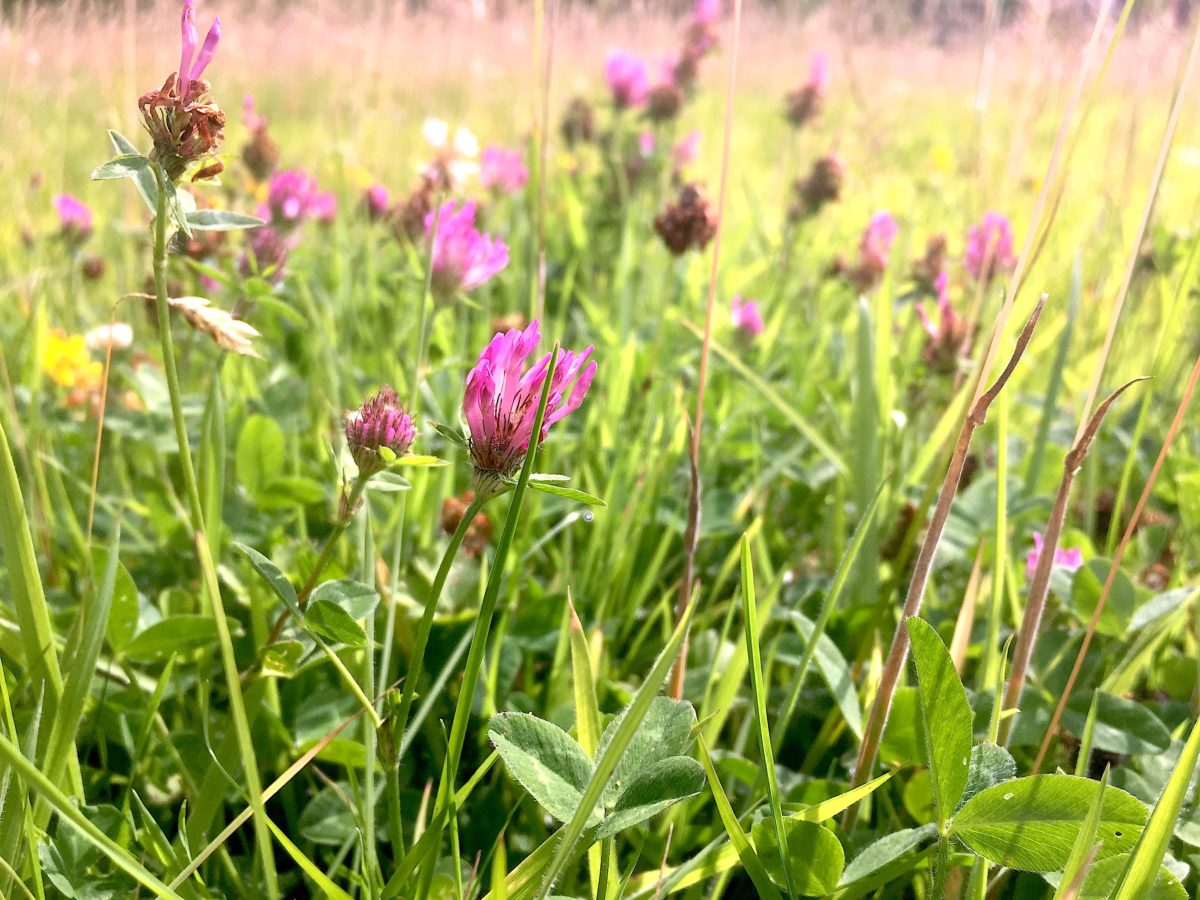
The secret to encouraging wildflowers in our local verges (and meadows) appears to be a better management of the grass cutting regime. Put simply – cutting grass too early, and too regularly, kills off the wildflower plants. By leaving the mowing until later in the year, wild species are allowed to grow and flower before the cut, and will flourish. There will be different views on this, particularly as large stretches of our local verges are currently cut regularly throughout the year. But perhaps this is because many of us were simply unaware of the potential wildlife value of managing these areas a little differently.
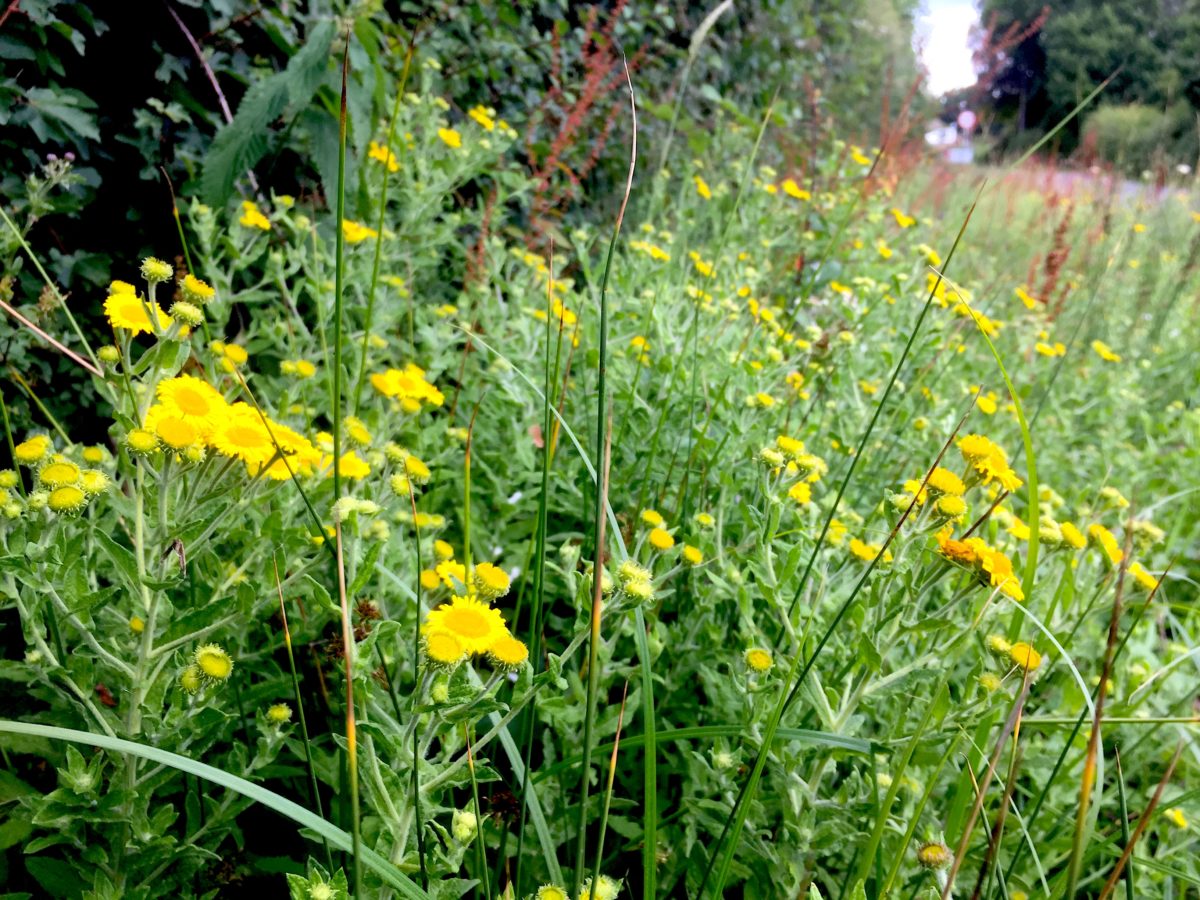
Clearly the involvement of local councils will be crucial for any plan to restore biodiversity to our verges. A local wildflower group ‘Wild about Warbleton’ has been talking to the Warbleton Parish Council about organising some consultation with local residents, with the aim of developing a strategic plan for verges within the parish. This will also need to involve East Sussex County Council as it is responsible for maintaining large stretches along our roads. Many people may not be aware of the fact that ESCC has already changed its cutting policy – to one of “Don’t cut through late April until end July” – in line with current ecological thinking. And the approach can be flexible. If for example a walkable pedestrian path is needed for safety, the road edge can be trimmed, leaving the rest of the verge to grow naturally.
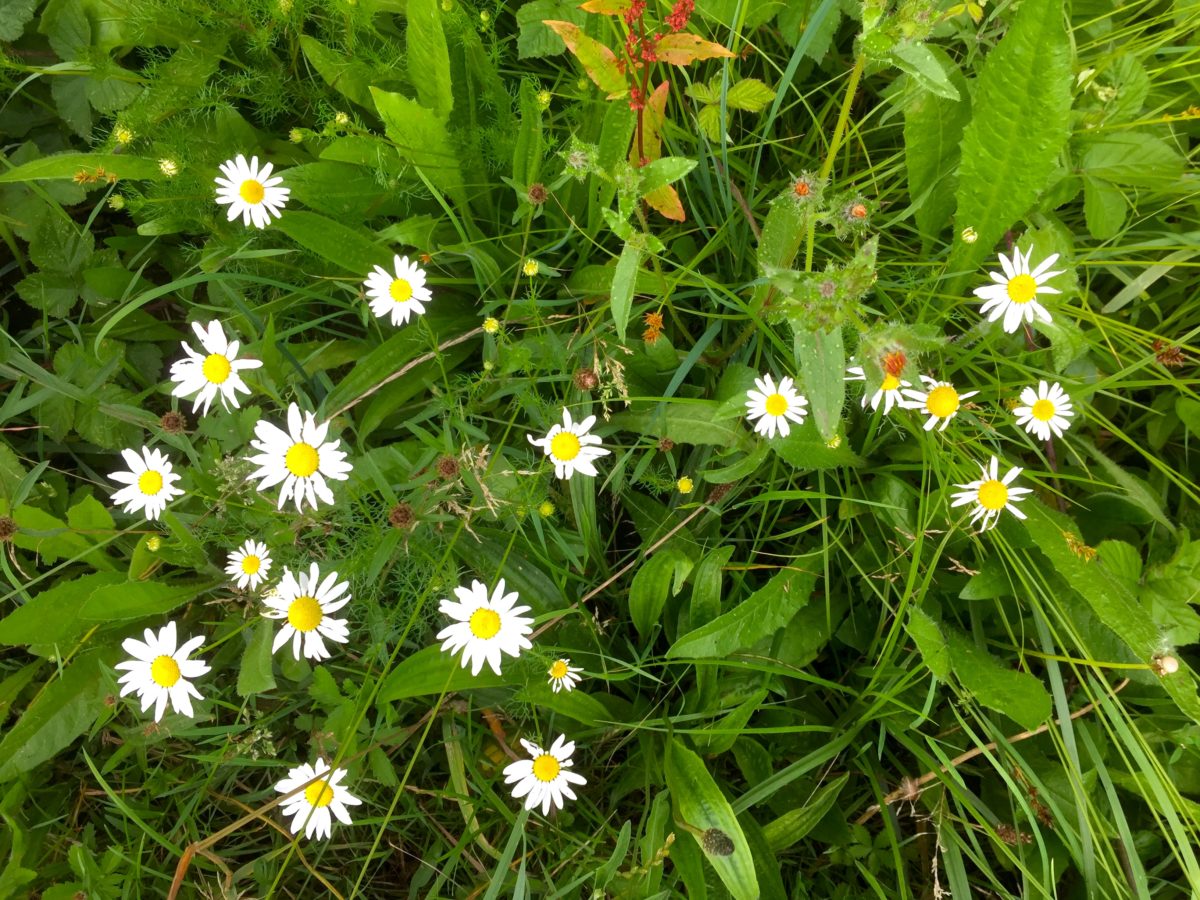
The Warbleton Wildflower Group has been collecting increasing support from local residents for the plan improve verge diversity, as long as sight lines are observed for road safety. The ‘Wild about Warbleton’ group will be raising this subject at the Parish Council meeting on Thursday 16th July, which will be accessible via zoom. Details of the Parish meeting (zoom meeting ID 828 5624 7931 password 840344) and its agenda can be found on the agendas page of the Parish Website:
http://www.warbletonparishcouncil.co.uk/community/warbleton-parish-council-18007/agendas-202021/
Other useful info:
For more information about Warbleton Wildflower Group contact Julia Desch by email or phone: julia@desch.go-plus.net / 01323 832781. They also have a WhatsApp Group – Wild About Warbleton – for Sightings and Soundings round the Parish.
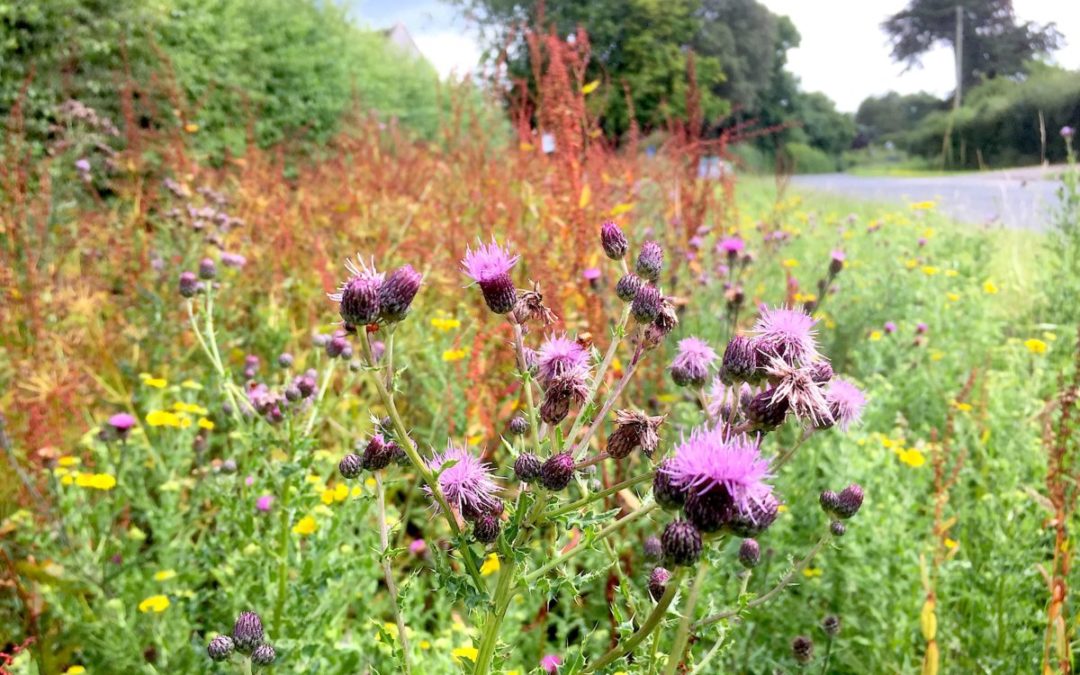
Recent Comments